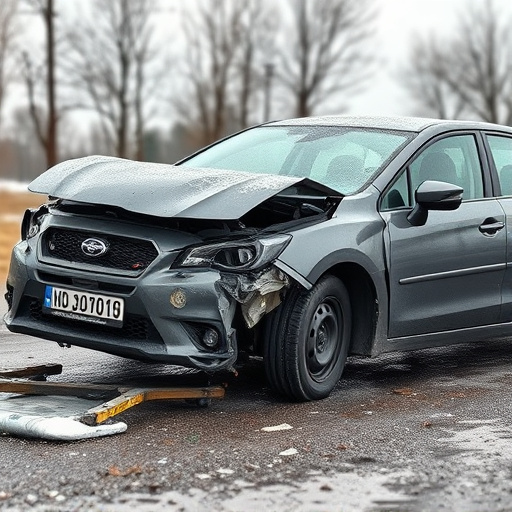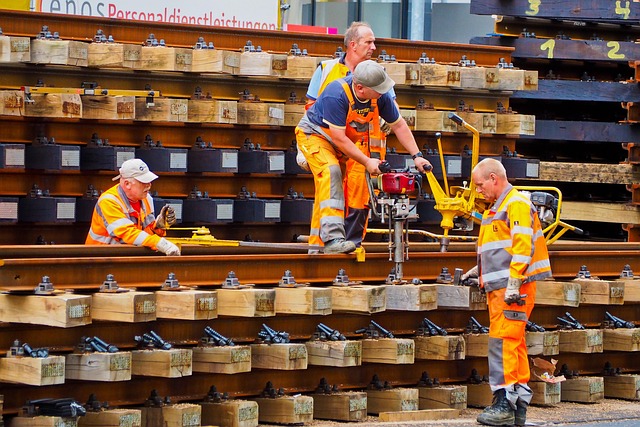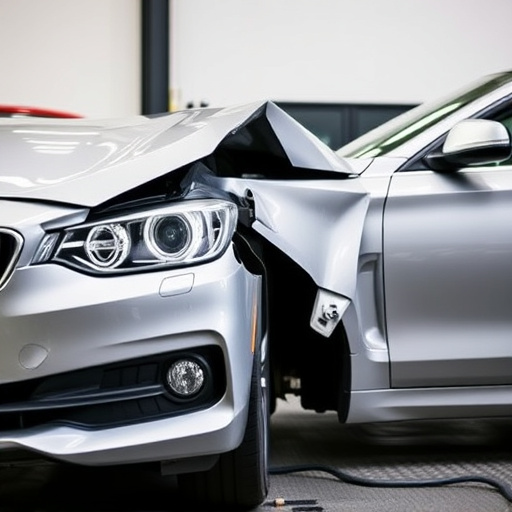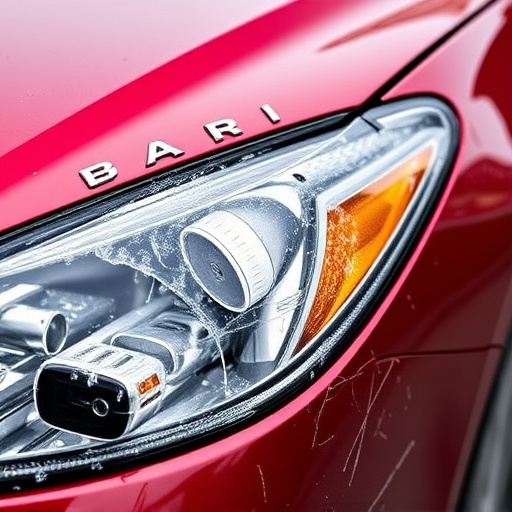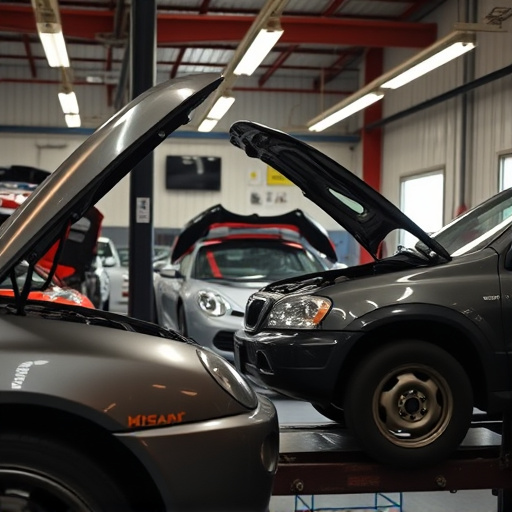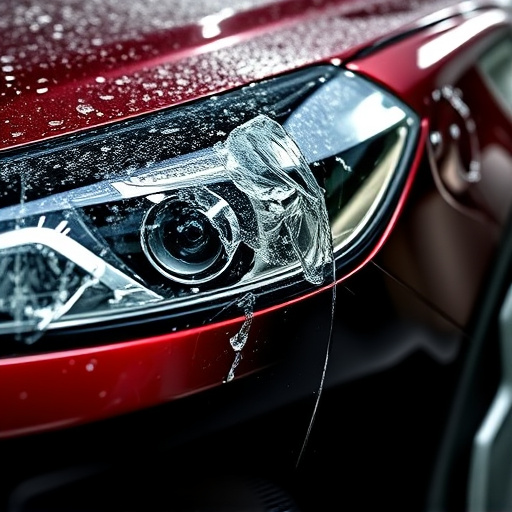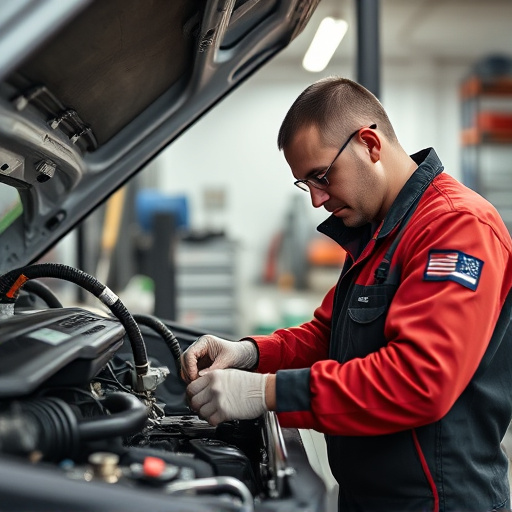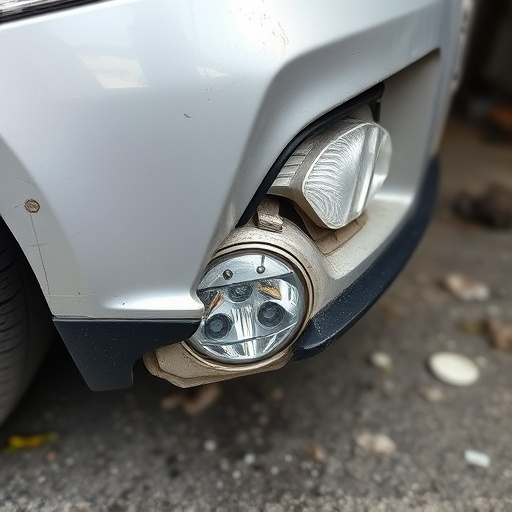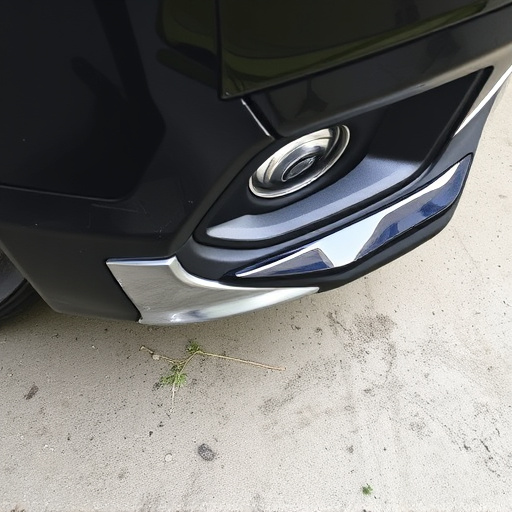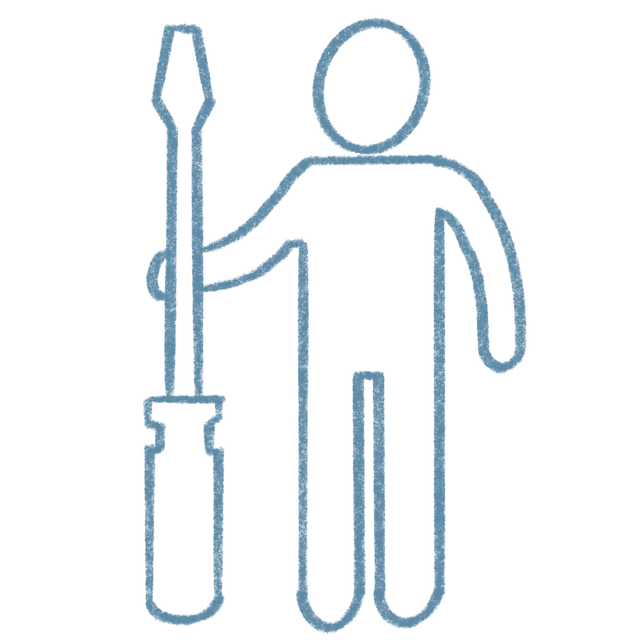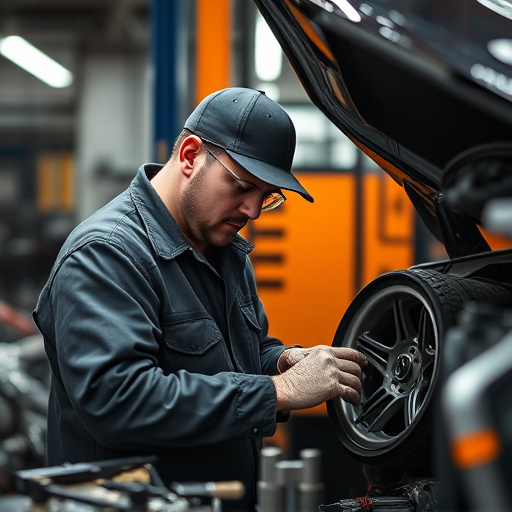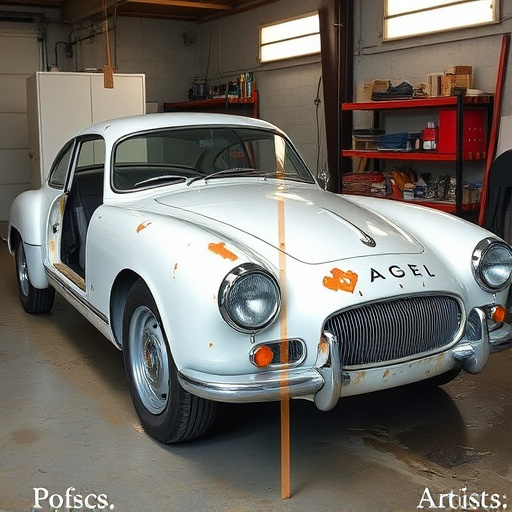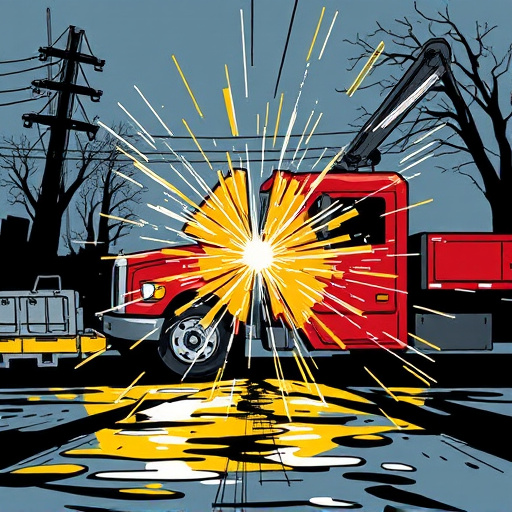Post-repair testing is a vital process in customer safety assurance, ensuring vehicle quality and reliability after repairs, from minor scratches to major body work, by evaluating structural integrity, paint quality, and component functionality. Continuous improvement through these evaluations enhances satisfaction, standards adherence, and workshop reputation, driving innovation in collision repair and auto painting practices.
Post-repair testing plays a pivotal role in ensuring customer safety assurance. In an era where equipment malfunctions can lead to severe consequences, rigorous post-repair evaluation is essential for identifying and rectifying hidden issues. This article delves into three critical aspects: understanding the key role of post-repair testing in safeguarding customers, ensuring comprehensive coverage across diverse equipment types, and fostering continuous improvement through effective evaluation processes.
- Understanding Post-Repair Testing Role in Customer Safety
- Ensuring Comprehensive Coverage for Diverse Equipment Types
- Continuous Improvement Through Effective Post-Repair Evaluation
Understanding Post-Repair Testing Role in Customer Safety
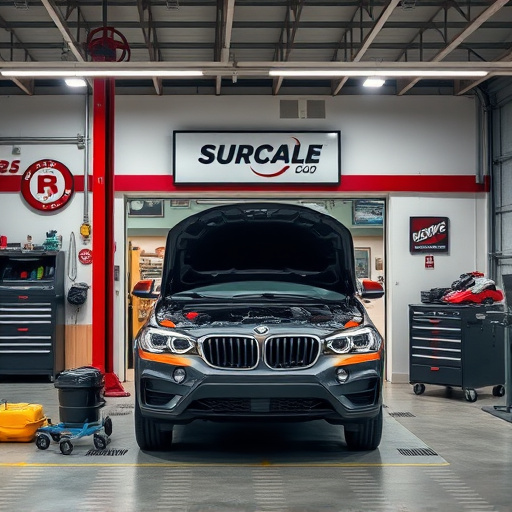
Post-repair testing plays a pivotal role in safeguarding customers and ensuring their trust in automotive services. In the realm of customer safety assurance, this critical step acts as a quality control measure that verifies the effectiveness and integrity of performed repairs. Whether it’s an auto glass repair, bumper restoration, or car scratch removal, each type of service requires meticulous testing to meet safety standards.
By implementing comprehensive post-repair assessments, businesses can identify potential issues overlooked during initial fixes. For instance, in auto glass repair, testing might involve checking for proper alignment, seal integrity, and resistance to impact. Similarly, for bumper repairs, testing could assess the structural strength, paint quality, and overall aesthetic restoration. These tests not only ensure that the repairs adhere to industry standards but also guarantee customer satisfaction and peace of mind on the road.
Ensuring Comprehensive Coverage for Diverse Equipment Types
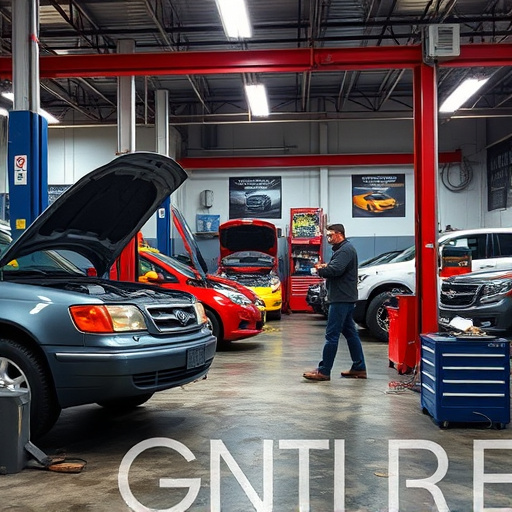
In the realm of customer safety assurance, post-repair testing is a vital step that cannot be overlooked, especially when dealing with diverse equipment types. Every collision repair shop and vehicle body repair center must adopt a comprehensive approach to testing, ensuring that every fixed issue is identified and addressed before handing over the repaired item to its owner. This involves a detailed examination of structural integrity, paint quality in cases like car scratch repair, and the overall functionality of all components.
Diverse equipment types necessitate tailored testing methods. For instance, a specialized process might be required for post-collision vehicle body repair compared to a simple car scratch repair. Adequate coverage ensures that safety standards are met, reducing the risk of future failures or accidents. This is crucial not just for customer satisfaction but also for maintaining the reputation of the repair shop as a reliable service provider in the industry.
Continuous Improvement Through Effective Post-Repair Evaluation
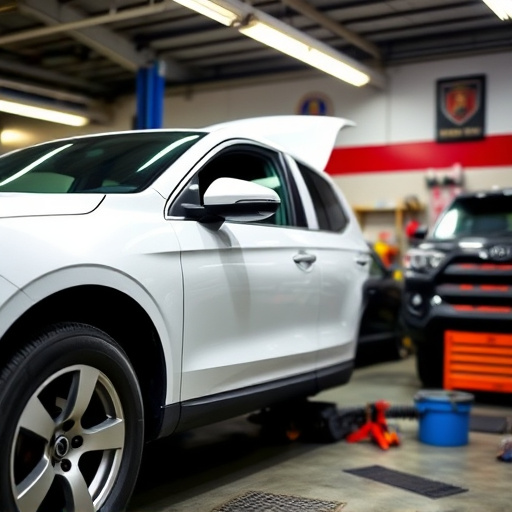
In the realm of customer safety assurance, continuous improvement is paramount. Effective post-repair evaluation serves as a cornerstone in this pursuit. By meticulously assessing each repaired vehicle, including meticulous checks and tests, workshops can identify areas for enhancement. This process not only guarantees that the repair meets or exceeds industry standards but also provides valuable insights into potential improvements to their services. For instance, through rigorous testing after a Mercedes Benz repair, workshops can uncover subtle issues that might have been overlooked during initial assessment, thereby enhancing overall customer satisfaction and safety.
Post-repair evaluation extends beyond mere quality control; it’s a tool for fostering innovation in vehicle collision repair and auto painting. By analyzing feedback from these evaluations, workshops can pinpoint recurring problems or areas where customers feel their expectations weren’t met. This data-driven approach enables them to refine their processes, upgrade equipment, and enhance training programs. Consequently, continuous improvement becomes an inherent part of the repair culture, ensuring that every vehicle leaving the workshop is not just functional but also safe and of the highest possible quality.
Post-repair testing plays a pivotal role in ensuring customer safety assurance. By thoroughly evaluating repaired equipment, we not only validate the quality of the fix but also contribute to continuous improvement processes. This holistic approach guarantees that every piece of equipment meets the highest standards, enhancing customer satisfaction and trust. Through comprehensive coverage for diverse equipment types, we can confidently navigate complex repairs, ultimately fostering a safer and more reliable environment for all users.

